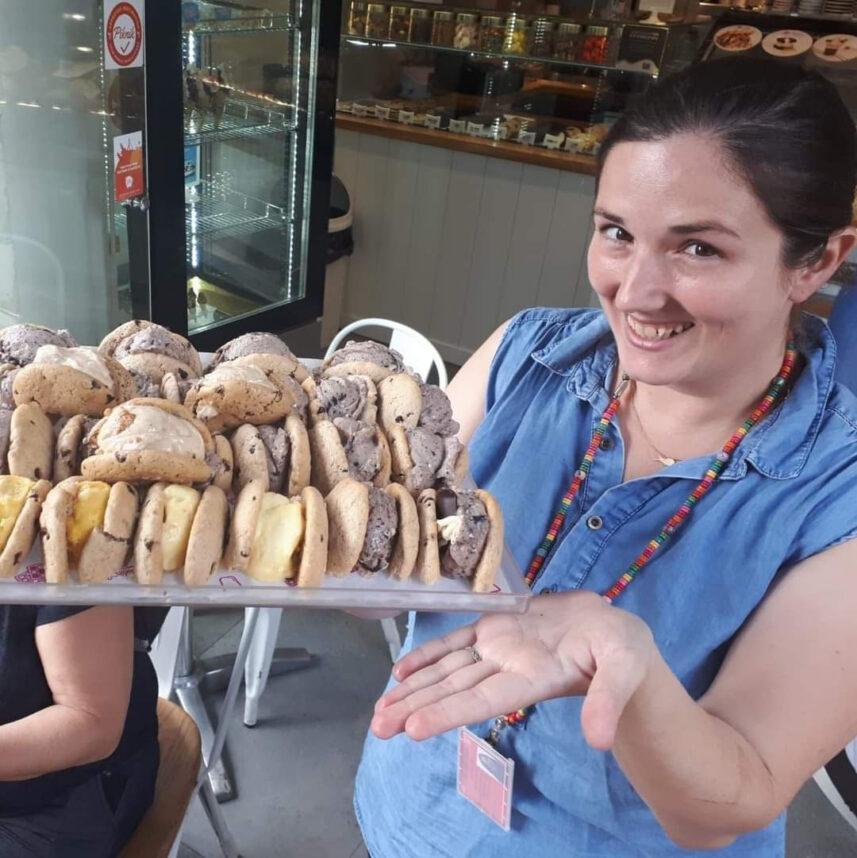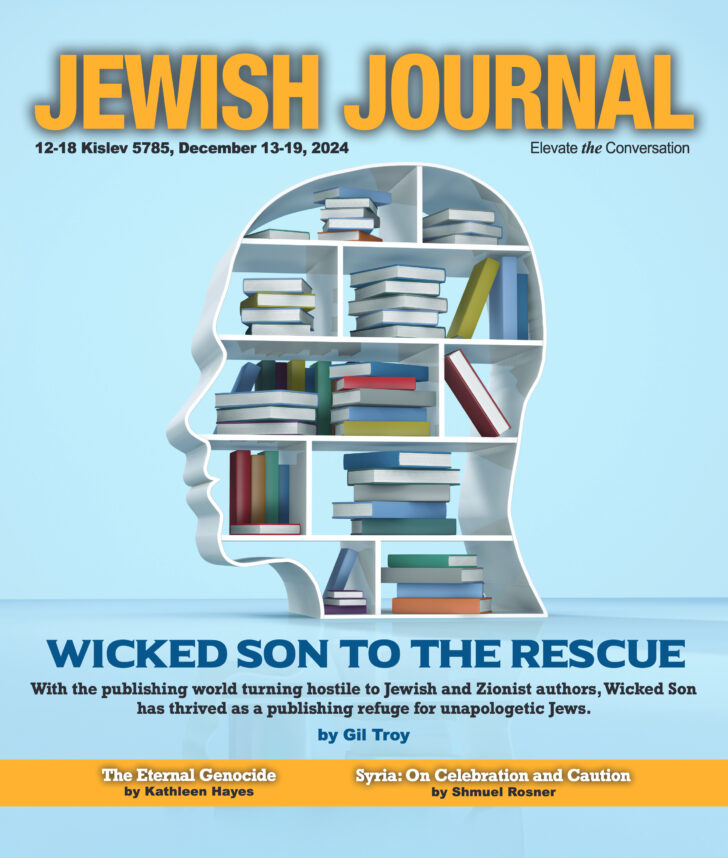The big political story that’s emerged from last week’s California primary is not the Davis-Lungren gubernatorial race nor the high-profile propositions. The big story is yet unfolding and takes us to a small corner of our town, in the east end of the San Fernando Valley. At this writing, former Assemblyman Richard Katz is only 33 votes behind City Councilman Richard Alarcon in a race to replace veteran state Sen. Herschel Rosenthal. While awaiting the inevitable recount, observers of the new American ethnic politics are peering over the map of Senate District 20 block by block for what is being done right — and wrong.
“It’s despicable how they played on race,” Katz (pictured above) told me, seething from five pro-Alarcon mailers, including one with a photo of Cardinal Roger Mahoney, who disavowed it on election day. Another mailer implied to Latinos that Katz would have workers at the polls to block voters.
“What does hard work and experience mean if it can’t stand up against ethnicity?” he said.
No matter how slick a spin we put on it, the Katz/Alarcon vote reveals that politics has come literally to an ethnic divide, the divide being the Hollywood Freeway that cuts north and south through the district, from East Los Angeles to the city of San Fernando into Sylmar and the Angeles National Forest.
West of the freeway, where the district includes the Orthodox shtiebls in North Hollywood, the Conservative Adat Ari El, and Assembly District 40, occupied by powerhouse Bob Hertzberg, the vote went for Katz. To the east, in an area previously known as the “sleeping giant” and including Assembly District 39, now occupied by Tony Cardenas, the vote went to Alarcon.
With only 33 votes between them, it’s clear to see what the new Latino activism means: Los Angeles voters, like those of many urban areas undergoing volcanic ethnic upheavals, are voting in enclaves. The candidate who brings more of his enclave to the table wins.
Is this harsh? It is true that Congressman Howard Berman handily won 61 percent of the vote against Raul Godinez II, mayor of the city of San Fernando, in a congressional district that nests in the upper reaches of Senate District 20. (This same district contains Berman’s congressional seat plus the 39th and 40th Assembly district seats.) But Berman was one of 12 California representatives whose seats were targeted by the Congressional Hispanic Caucus Institute for having at least 20 percent of eligible voters who are Latino. In Berman’s district, the voting-age population of Latinos is at least 46.9 percent. Berman told me that longtime Hispanic voters remained with him. But with first-time voters, he still had work to do.
“The Latino political role is growing, and it is focused,” says the man who helped grow and focus Jewish representation in California politics over 30 years. “It’s a formidable block.”
Which brings us to the Katz/Alarcon race.
Katz is, after 16 years in Sacramento, the more impressive political presence. He masterminded the Democrats’ recapture of the Assembly in 1996, and he authored the legislation that merged Southern California’s two largest mass transit districts.
By contrast, Alarcon (pictured above) may be (to quote L.A. Weekly) one who has left few tracks on civic life. But, as the councilman himself told a Jewish Federation Council debate, he has one asset: timing. This year, the Hispanic political caucus, led by state Sen. Richard Polanco (attempting to shore up support in his own fight to replace Senate leader John Burton), had the money, the experience and the well-oiled machine for Alarcon to ride.
On election day, the Polanco/Alarcon get-out-the-vote drive was nearly 1,000 strong. The numbers tell the story: The precincts east of the freeway outpolled those of the west by 317 votes.
And so today, Katz and Alarcon are 33 votes apart.
What comes next? For years, it was an article of faith that Latinos stay home on election day. That faith is no more.
Bill Mabie, chief aide to Polanco, told me, “I thought to myself, ‘What are they so laid-back about?'” referring to Katz’s camp. “We had a tremendous mobilization. They did not.”
Katz is angry that this election ultimately turned not on the candidacy of Alarcon but on help, and a last-minute infusion of $180,000 from Polanco’s Latino Political Action Committee.
Howard Welinsky, incoming chair of the Jewish Community Relations Commission, said that the problem is compounded because “the Jewish community does not support our own the way we used to.” Faced with a potentially divisive campaign, the best that some Jewish leaders could do was urge their Latino colleagues to stand in silence.
But such friendships didn’t help Richard Katz. The Katz/Alarcon race makes clear that we who live in our own enclaves may have to work harder to reach out.





















 More news and opinions than at a Shabbat dinner, right in your inbox.
More news and opinions than at a Shabbat dinner, right in your inbox.